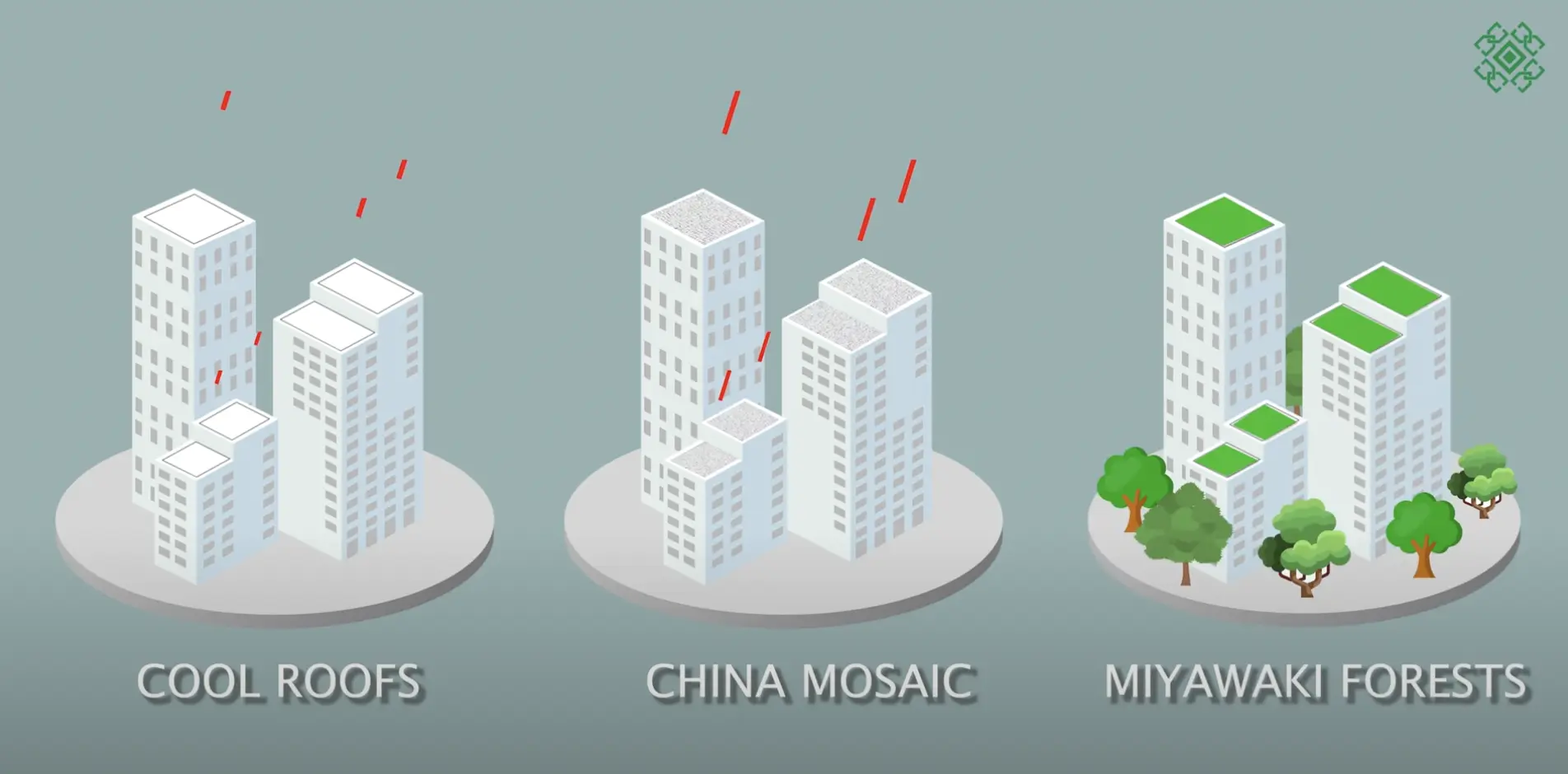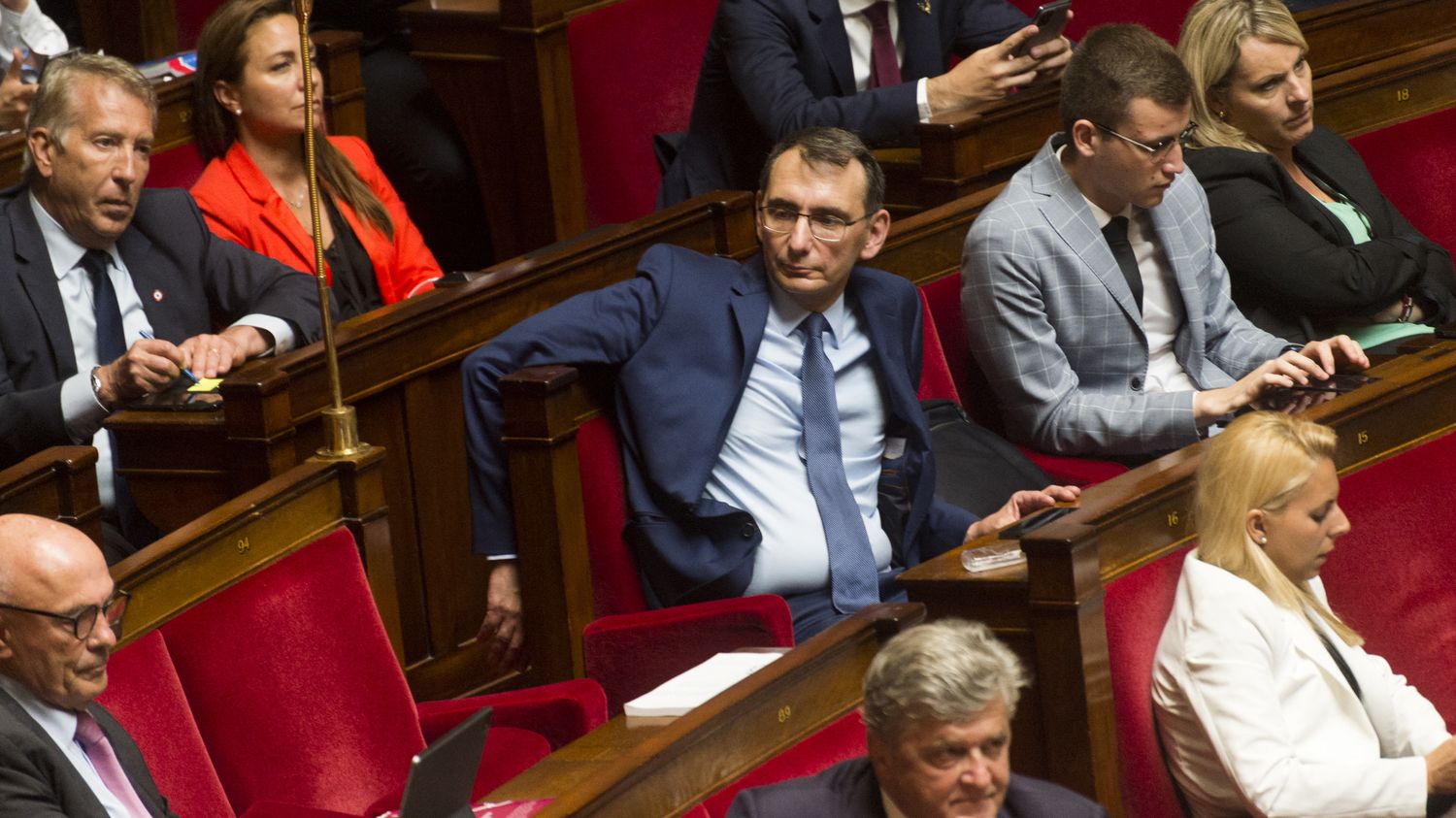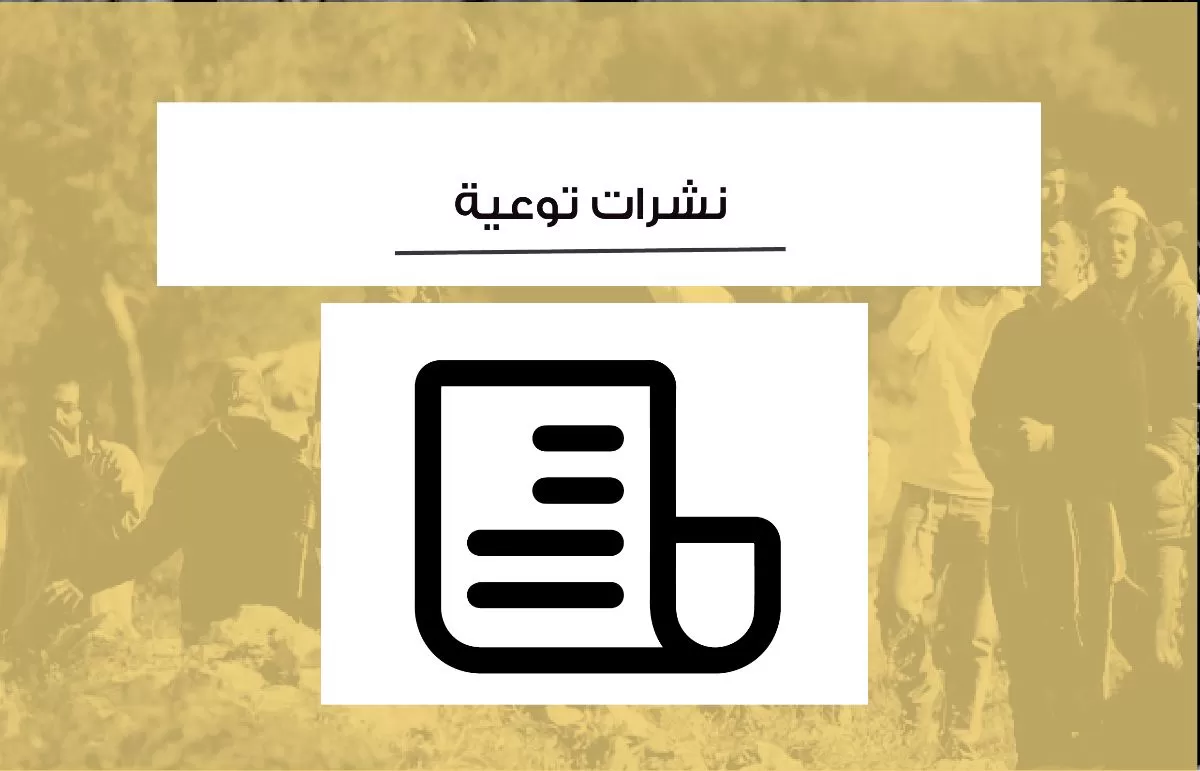Addressing Urban Heat Islands: The Role Of Advanced Materials In Indian Cities

Table of Contents
Understanding Urban Heat Islands in Indian Cities
The Causes of UHIs in India
Several factors contribute to the formation and intensity of UHIs in Indian cities. The increasing urbanization and its associated construction activities have drastically altered the landscape.
- Increased concrete and asphalt surfaces: The widespread use of dark-colored materials like concrete and asphalt absorbs and retains significant solar radiation, increasing surface temperatures.
- Reduced tree cover: Deforestation and the lack of green spaces in many Indian cities reduce the natural shade and evapotranspiration that help to cool the environment.
- Inefficient building design: Many buildings lack adequate insulation and passive cooling strategies, further contributing to the heat buildup.
- Lack of urban planning considering heat mitigation: Urban planning often overlooks the impact of building materials and design on urban temperatures.
Cities like Mumbai, Delhi, and Chennai are experiencing particularly severe UHI effects, leading to significant challenges for their inhabitants. Studies show a direct correlation between the expansion of built-up areas and the intensification of the UHI effect in these megacities.
Impacts of UHIs on Indian Cities
The consequences of UHIs are far-reaching and have a profound impact on various aspects of life in Indian cities:
- Increased energy demand for cooling: Higher ambient temperatures lead to increased reliance on air conditioning, straining energy resources and increasing greenhouse gas emissions.
- Higher mortality rates due to heat-related illnesses: Heatstroke, respiratory problems, and cardiovascular diseases are exacerbated by extreme heat, resulting in higher mortality rates, especially among vulnerable populations.
- Compromised air quality: UHIs can worsen air quality by trapping pollutants near the ground, affecting respiratory health.
- Negative impact on biodiversity: The extreme temperatures negatively impact urban green spaces and the biodiversity they support.
Advanced Materials for UHI Mitigation
Cool Roofs and Reflective Surfaces
Employing cool roofs, featuring high solar reflectance index (SRI), and other reflective materials is a crucial strategy for reducing surface temperatures. These materials reflect a greater portion of solar radiation back into the atmosphere, reducing heat absorption.
- Types of cool roof coatings: These include reflective paints, coatings, and membranes made from materials like polyurethane, acrylics, and silicone.
- Benefits of different materials (durability, cost-effectiveness): The choice of material depends on factors such as durability, cost, and longevity.
- Examples of successful implementation in India: Several pilot projects in Indian cities are demonstrating the effectiveness of cool roofs in reducing building temperatures and overall urban heat.
Green Infrastructure and Advanced Materials
Green infrastructure, including green walls, green roofs, and permeable pavements, plays a significant role in mitigating UHIs. Advanced materials are enhancing the effectiveness and sustainability of these systems.
- Types of green infrastructure and their impact on temperature reduction: Green roofs and walls provide shade, increase evapotranspiration, and reduce surface temperatures. Permeable pavements allow rainwater to infiltrate the ground, reducing runoff and surface temperatures.
- Use of innovative materials in green walls (e.g., lightweight substrates): Lightweight substrates made from recycled materials are being used to reduce the weight and cost of green walls.
- Benefits of permeable pavements for water management and heat reduction: Permeable pavements also help to manage stormwater runoff and reduce the urban heat island effect.
Smart Materials and Technologies
Smart materials offer exciting possibilities for active temperature regulation in urban environments. These materials can respond dynamically to temperature changes, offering adaptive solutions for UHI mitigation.
- Explanation of smart material technologies: Thermochromic paints change color based on temperature, while phase-change materials absorb and release heat to regulate temperatures.
- Their potential benefits in UHI mitigation: These materials can significantly reduce energy consumption for cooling and improve thermal comfort in buildings and urban spaces.
- Challenges in adoption (cost, availability, technical expertise): The high cost, limited availability, and lack of technical expertise remain challenges to widespread adoption in India.
Policy and Implementation Strategies
Government Policies and Initiatives
Effective policies and initiatives are essential for promoting the widespread adoption of advanced materials for UHI mitigation.
- Examples of current initiatives: The Indian government has several initiatives focused on promoting sustainable urban development and energy efficiency, which indirectly address UHIs.
- Recommendations for improved policies: More specific policies focusing on materials selection for buildings and infrastructure, incentives for using cool materials, and building regulations incorporating UHI considerations are needed.
- Incentives for using cool materials: Tax breaks, subsidies, and other financial incentives could encourage the adoption of cool roofs and other heat-reducing materials.
Public Awareness and Community Engagement
Raising public awareness and fostering community engagement are critical for the success of UHI mitigation strategies.
- Strategies for educating the public about UHIs and the benefits of advanced materials: Public awareness campaigns, educational programs, and workshops can effectively communicate the benefits of adopting advanced materials.
- Community-based initiatives: Community involvement in greening initiatives, such as community gardening and rooftop gardening, can significantly improve the urban environment.
- Role of NGOs and other stakeholders: NGOs, research institutions, and other stakeholders can play a key role in promoting awareness and supporting community-based initiatives.
Conclusion
The severity of urban heat islands in Indian cities necessitates immediate action. This article has highlighted the significant potential of advanced materials in mitigating the UHI effect, offering solutions for cooler roofs, greener infrastructure, and smarter building technologies. Key takeaways include the potential for substantial energy savings, improved public health outcomes, and enhanced environmental sustainability through the adoption of these materials. To effectively address urban heat islands, we need a multi-pronged approach involving supportive government policies, public awareness campaigns, and the active participation of communities. Contact your local authorities to advocate for policies promoting the use of cool materials in construction. Support research and development in this field. Let's work together to create more sustainable and resilient Indian cities by actively participating in the fight against the UHI effect and adopting innovative solutions.

Featured Posts
-
 Kawasaki W800 My 2025 Harga Spesifikasi Dan Keunggulannya
May 30, 2025
Kawasaki W800 My 2025 Harga Spesifikasi Dan Keunggulannya
May 30, 2025 -
 Marine Le Pen Entre Respect Et Application De La Loi Selon Jacobelli
May 30, 2025
Marine Le Pen Entre Respect Et Application De La Loi Selon Jacobelli
May 30, 2025 -
 Mstemrat Jdydt Thdd 13 Hya Flstynya Mqawmt Aljdar Walastytan Drwrt Mlht
May 30, 2025
Mstemrat Jdydt Thdd 13 Hya Flstynya Mqawmt Aljdar Walastytan Drwrt Mlht
May 30, 2025 -
 Country Diary Discovering The Roastable Roots Of A Carrot Cousin
May 30, 2025
Country Diary Discovering The Roastable Roots Of A Carrot Cousin
May 30, 2025 -
 Bruno Fernandes Futuro No Al Hilal Reuniao Com Agentes Confirmada
May 30, 2025
Bruno Fernandes Futuro No Al Hilal Reuniao Com Agentes Confirmada
May 30, 2025
